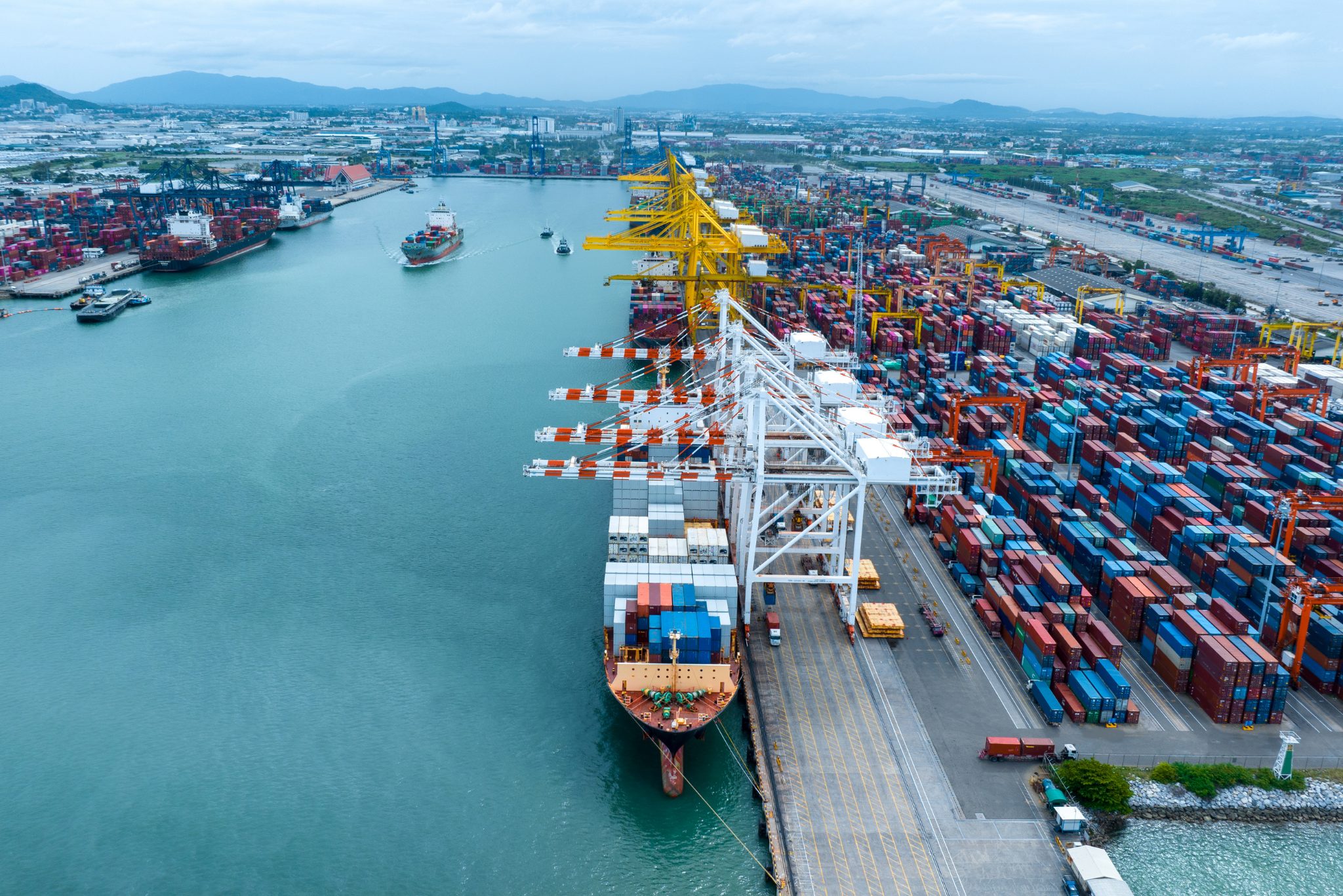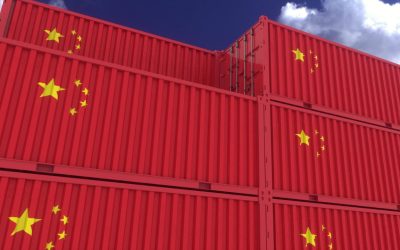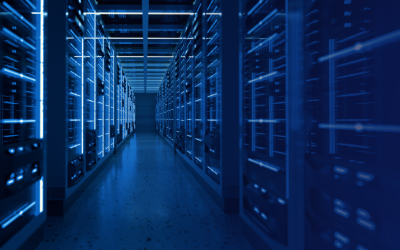Key Guidelines to Avoid Penalties and Maintain Regulatory Compliance Without Delays or Disruptions
Moving technology equipment or providing services across borders requires compliance with a set of customs regulations that fluctuate depending on the destination, the product, and its intended application. Each industry must address its own regulatory demands. Missing technical certifications, restrictions related to dual-use goods, and controls affecting exports or imports can lead to fines, delays, or the loss of business opportunities.
One of the most frequent issues is tariff classification. Each SKU must be accurately labeled with the corresponding HS or ECCN code. Even a minor error can increase duties by 15% to 20%. In the broadcast sector, for example, transmitters (HS code 8525.60) often require a declaration of output power and frequency range. Omitting this information can halt entry. In the satellite field, many terminals fall under dual-use regulations, which require an additional ECCN code in addition to the HS code.
Another relevant aspect involves local technical approvals. For instance, Brazil requires certification from ANATEL, while Argentina mandates approval from ENACOM. Failing to obtain any of these may result in the equipment being held at the border or returned to its country of origin.
Sensitive Technology and Global Controls
Technologies with potential military or intelligence applications are subject to export controls. Antennas, encryption chips, transceivers, and software-defined radio are regulated under agreements such as the Wassenaar Arrangement or frameworks like ITAR and EAR in the United States.
In the broadcast industry, importing equipment is often tied to the allocation of radio or television frequencies or to temporary authorizations for major events, such as the FIFA World Cup or a large-scale festival. In the satellite domain, operators must secure landing rights, which include approval from the telecommunications authority in the destination country to transmit or receive signals.

For temporary imports, the ATA Carnet has become a pivotal tool. This document allows equipment to enter and exit a country over one year without incurring VAT or duties, provided the destination country accepts its use.
Another relevant aspect is reverse logistics. When shipping warranty replacements (RMA), demonstration units, or refurbished equipment, the process must follow specific procedures, such as reimportation or special regimes like those outlined in Chapter 98 of the United States. Many countries require the serial number to verify that the item being returned is the same as the one exported initially.
Documentation Efficiency and Customs Technology
To reduce exposure, companies should adopt best practices, such as maintaining centralized classification databases (HS + ECCN) with supporting documentation, conducting pre-deployment audits, and utilizing customs software integrated with the ERP to generate pro forma invoices and packing lists that align with the destination country’s requirements. Additionally, training for logistics and sales teams is essential, along with budgeting for contingencies and building partnerships with logistics providers specialized in managing technology shipments.
Non-intrusive inspection (NII) systems, such as X-ray or gamma-ray scanners, are now widely used to inspect shipments without requiring them to be unpacked. According to the United Nations, this approach reduces unnecessary physical inspections and shortens processing times. The World Customs Organization (WCO) supports 15 global standards focused on electronic data exchange to improve risk management. This strategy is designed to promote more secure and sustainable international trade.
How the Customs Traffic Light System Works
In most countries, shipments go through a customs traffic light system. When documentation is complete and accurate, goods are cleared through the green channel, which eliminates the need for physical inspection. The absence of minor documents or certifications triggers the yellow channel. The orange channel involves a detailed document review and can result in delays. The red channel, the most severe, includes a comprehensive physical inspection and may subject the importer to closer scrutiny in future transactions. Brazil has even added a gray channel for cases involving suspected document fraud.

The most common trigger for a flagged shipment is a documentation error. In most instances, the goods themselves are legal and correctly classified; the issue lies in how the customs file was prepared. And the consequences of such oversights can be costly.
Aerodoc Services
Aerodoc provides comprehensive customs clearance solutions for technology companies, encompassing imports and exports. Its specialized approach addresses the following key areas:
Pre-Compliance and Customs Compliance
- Early-stage document review
- Validation of licenses, permits, technical requirements, labeling, voltage standards, and local regulations
- Customs valuation aligned with WTO guidelines to prevent issues related to undervaluation, dumping, or misclassification
Tariff Classification Expertise
- Accurate classification of servers, switches, access points, routers, firewalls, cables, racks, and other technology equipment
- Optimization of the customs and documentation strategy for each operation
Importer of Record (IOR) and Exporter of Record (EOR)
For customers without a legal entity in the country of origin or destination, Aerodoc serves as IOR and EOR, assuming full legal responsibility for import and export operations. This includes:
- Payment of duties, VAT, and local taxes
- Management of customs clearance and final delivery, even in countries with complex regulatory environments
Customs Inspection Management
Aerodoc has established procedures to reduce exposure to red or orange channel inspections and to provide fast, well-documented responses in the event of intrusive reviews. This approach helps prevent penalties, delays, and additional costs due to documentation errors.
Contact us to learn more about our services.
Q&A
- How does artificial intelligence enhance Customs Management processes for technology companies? Artificial intelligence improves customs management by automating tariff classification, predicting inspection risks, and identifying documentation errors in real-time. This increases accuracy, reduces delays, and streamlines cross-border compliance.
- What are the main costs involved in digitalizing Customs Management operations? Key costs include specialized customs software licenses, ERP integration, and employee training. Investing in digital solutions helps minimize penalties, accelerate clearance times, and ensure end-to-end shipment traceability.
- How can companies scale their Customs Management strategy across multiple countries? Centralizing HS and ECCN classification databases, standardizing documentation templates, and partnering with a global IOR/EOR are essential for achieving consistent compliance and efficient expansion into complex markets.
- What training do internal teams need to manage Customs Management effectively? Teams should receive training on advanced tariff classification, export control regulations, and customs software platforms. Ongoing education ensures compliance with evolving international trade requirements.




